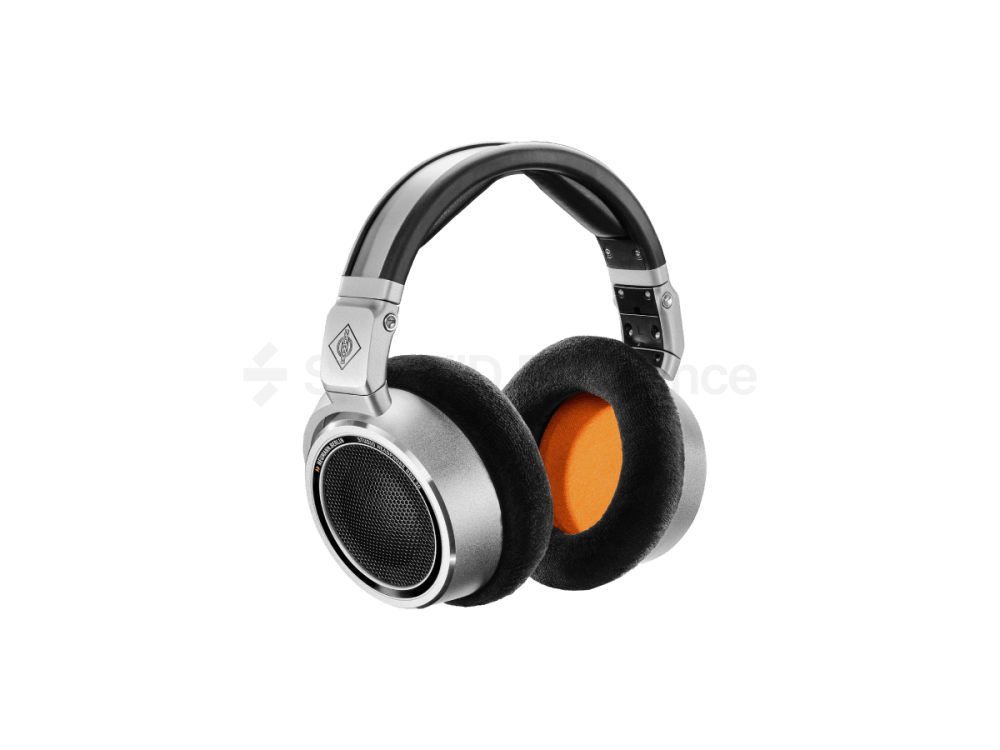In recent years, we have seen a few intriguing open-back headphone releases, and most of them turned out to be a pleasant surprise. Now more and more open-backs can manage satisfactory low-end extension without much sacrifice to the rest of the spectrum linearity when compared to the old favorites like Sennheiser HD 650 or Audio-Technica ATH-R70x. To stand out in this new climate takes more than ever. Let’s examine how Neumann NDH 30, the well-respected Berlin brand’s first open-back set, stacks up!
- Among the most neutral-sounding models
- Robust metal build
- Travel case included
Pros list with SoundID Reference calibration
- Full neutrality across the frequency spectrum
- Heavier than some of the competition
- Pricey
Neumann NDH 30 is another modern studio open-back pair that is designed to perform both in studio and in mobile setups, and it does just that. Laptop, hardware synth, or studio audio interface – it’ll work fine in any of the setups. However, if you’re after open-backs for extended use with mobile devices, and you require high SPL, the Sony MDR-MV1 or Beyerdynamic DT 900 Pro X will manage to deliver more volume.
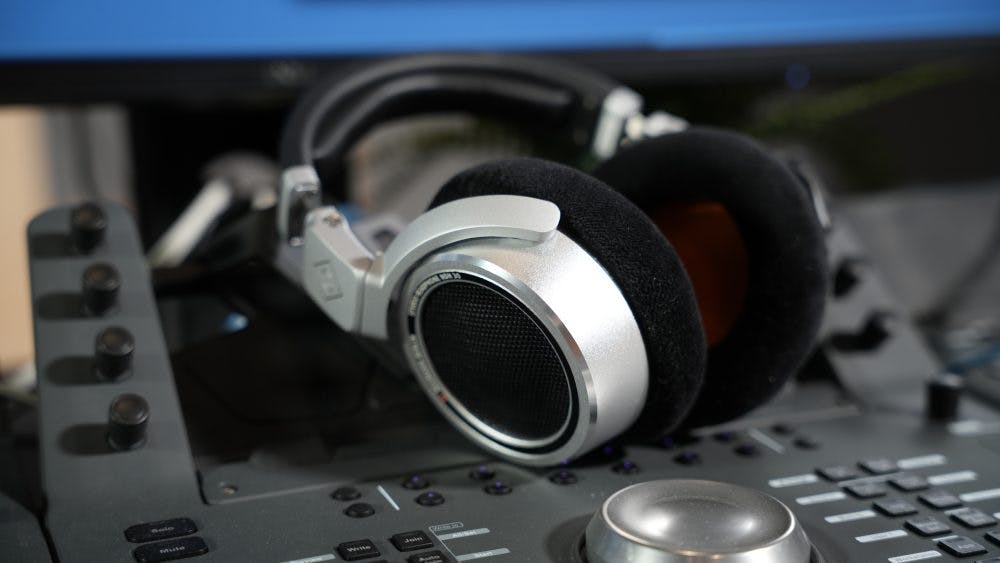
Out of all the sub-€1000 studio open-backs, NDH 30s give the most durable impression. The all-aluminum build feels reassuring and suggests that it will last. Despite the generous amount of metal parts, they’re not that hefty and feel lightweight when compared to planar magnetic alternatives like Audeze; however, at 352 grams, they’re about 100 grams heavier than some of the rivals (HD 650, HD 490 Pro, MDR-MV1, ATH-R70x), and that difference is perceivable when using NDH 30. However, the build feels on another level when compared to the aforementioned made-of-plastic competition. The headband can be flexed and squeezed without causing any squeaky or cracking noises—complete silence. NDH 30 boasts the most solid build in its class.
Cable, as expected in this price range, is detachable. A straight 3-meter-long cable is included, and an original Neumann-made spiral cable is available aftermarket. The attention to detail extends to the custom screw-on 3.5 to 6.3mm adapter that has color-matched orange rings.
It’s expected for headphones in this price range to have replaceable wear and tear parts such as ear pads and headband cushions. Neumann offers not only that but also the aluminum alloy yokes, which is great to see.
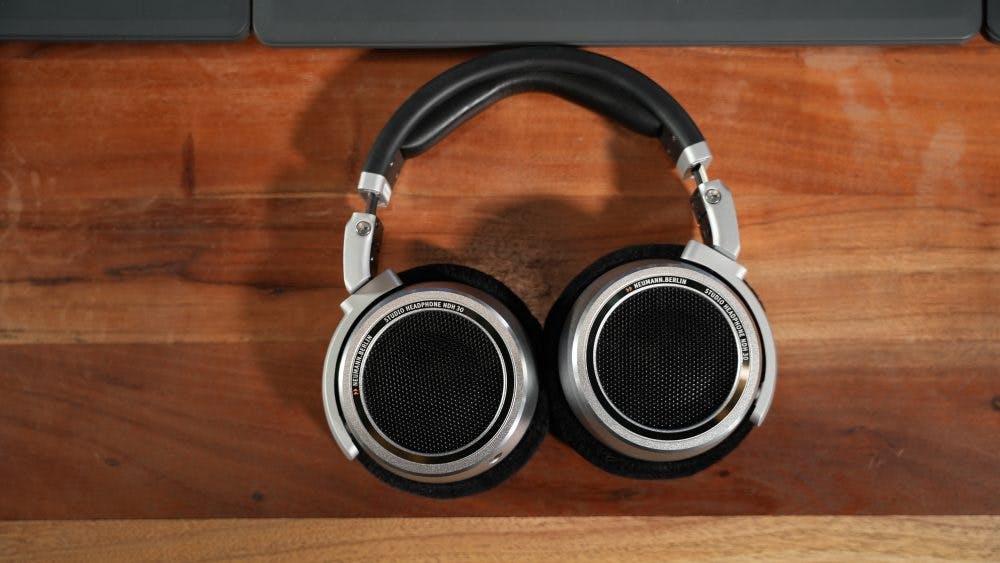
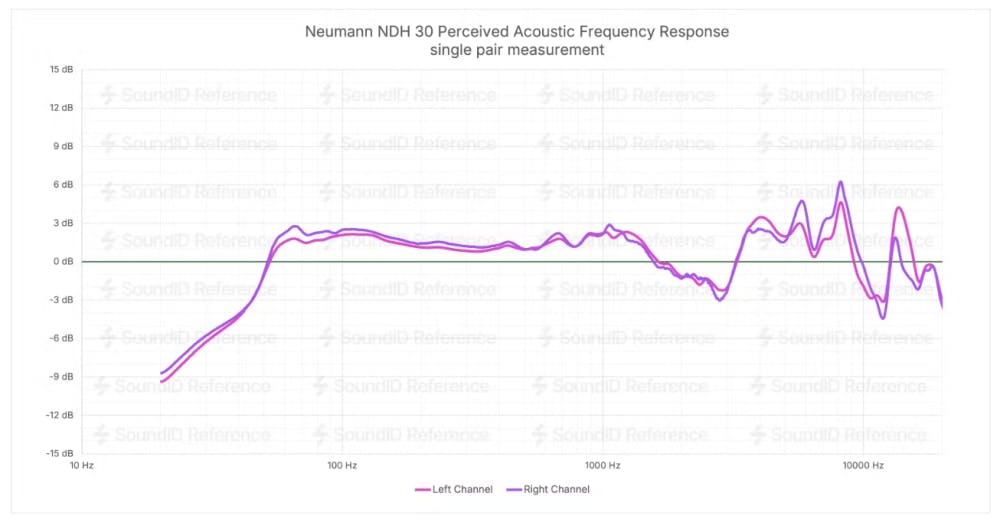
Thankfully, the solid build quality doesn’t outshine the sound. NDH 30 is among the most neutral-sounding headphones on the market today, and perhaps is the true successor of Sennheiser HD 650. It delivers nearly the same neutrality in mids and treble, and improves on its only weakness, the sub-bass extension. The frequency response graph above can be interpreted as very close to neutral from around 60Hz right up to 20kHz, with attenuated high mids from 1.5 to 3kHz and another dip around 10kHz. This results in an overall very balanced sound apart from the slight loss of presence and sparkle. Neumann has done a commendable job tuning the NDH 30, and relatively little calibration is required to bring them to full neutrality.
The driver matching is delivered to a sufficiently high standard, with only a couple of instances with discrepancies of about 2dB out of 8 pairs measured. The differences are contained to narrow bandwidth regions, making them unnoticeable in real-world applications since greater frequency response balance will be caused by the listener’s anatomical features.
The design is considerate and distributes the pressure efficiently, thus slightly masking their true weight. The split headband cushion contributes to that, leaving the top open, which eliminates a pressure point from forming right at the top of the inner headband.
The earpads are roomy and covered in plush velour, that are a good match for prolonged sessions. Overall comfort ranks high, and none of our testers reported any issues. However, our testers enjoyed Sennheiser HD 490 Pro and Sony MDR-MV1 even more, largely due to lower weight and more relaxed clamping force. But comfort, of course, is subjective, so your mileage might vary.
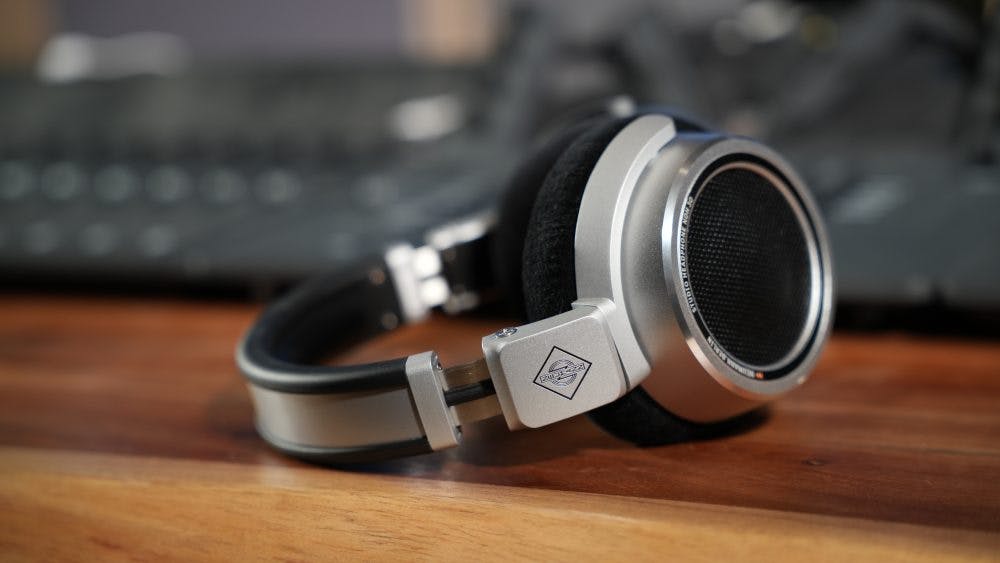
At €555, NDH 30 lands more towards the high-end, especially among headphones that are marketed for studio use. Neumann has approached this project with meticulous attention to detail and has succeeded in producing a very neutral-sounding unit that’s built to last. If you insist that your headphones must be built like a tank, NDH 30 is an easy recommendation. Yet if you choose maximum comfort over alloy build, Sennheiser HD 490 Pro offers a better value proposition, costing around €360. While it must be said that Neumanns offer slightly more neutral sound out of the box than Sennheisers, if you’re a Reference user, a calibrated HD 490 Pro will outperform a calibrated NDH 30.
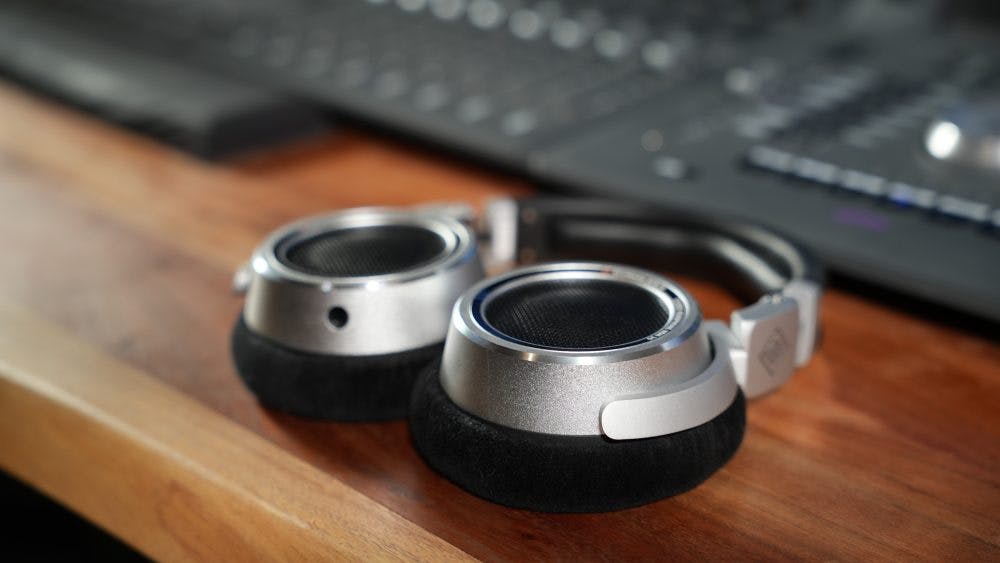
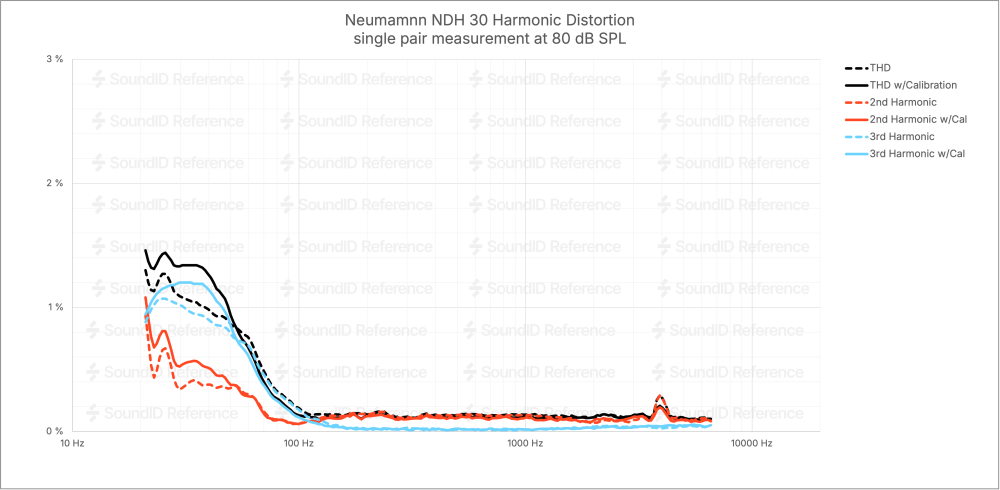
Impressive performance for open-back dynamic driver-equipped headphones. There’s no perceivable distortion to write about. NDH 30 delivers pristine sound reproduction throughout the whole spectrum.
How accurate and consistent is the correction effect among different listeners?One of the top performers in this regard! It is beaten only by two Sennheiser models: HD 650 and HD 490 Pro.
How much do they differ pair to pair in terms of frequency response?Most of the imbalances throughout the spectrum are within +/-2dB, apart from a problem area around 6kHz, where the discrepancies increase to +/-4dB. On average, the pair-to-pair consistency is high, but more affordable rivals like Sony MDR-MV1 and Sennheiser HD 490 Pro are even more tightly matched. In defense of Neumann, we must add that the sample size of the other two models is limited to 3, while we have measured 8 units of NDH 30s, so it’s possible that with more units measured, the consistency will trend more towards Neumann.
While the outstanding listener-to-listener perceived frequency response consistency lays fantastic groundwork for a highly accurate model average calibration profile, the high-mid issues in pair-to-pair consistency drag it a bit down. However, the problem range is a relatively limited bandwidth, and NDH 30 still outperforms most of the older rivals.
Rating
Conclusion
Neumann NDH 30 does everything really well. It’s built to last, and even in the off chance that it doesn’t, replacement parts are readily available. It delivers one of the most neutral frequency responses that will be appreciated by engineers. It is comfortable and can be used for extended periods. If you’re not a Reference user, this is it, the top recommendation among the sub €1000 headphones. But for Reference users, Sennheiser HD 490 Pro delivers everything except the metal build to the same or better degree while costing less.
Final Rating
Calibration Enabled
Calibration
